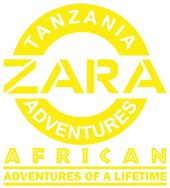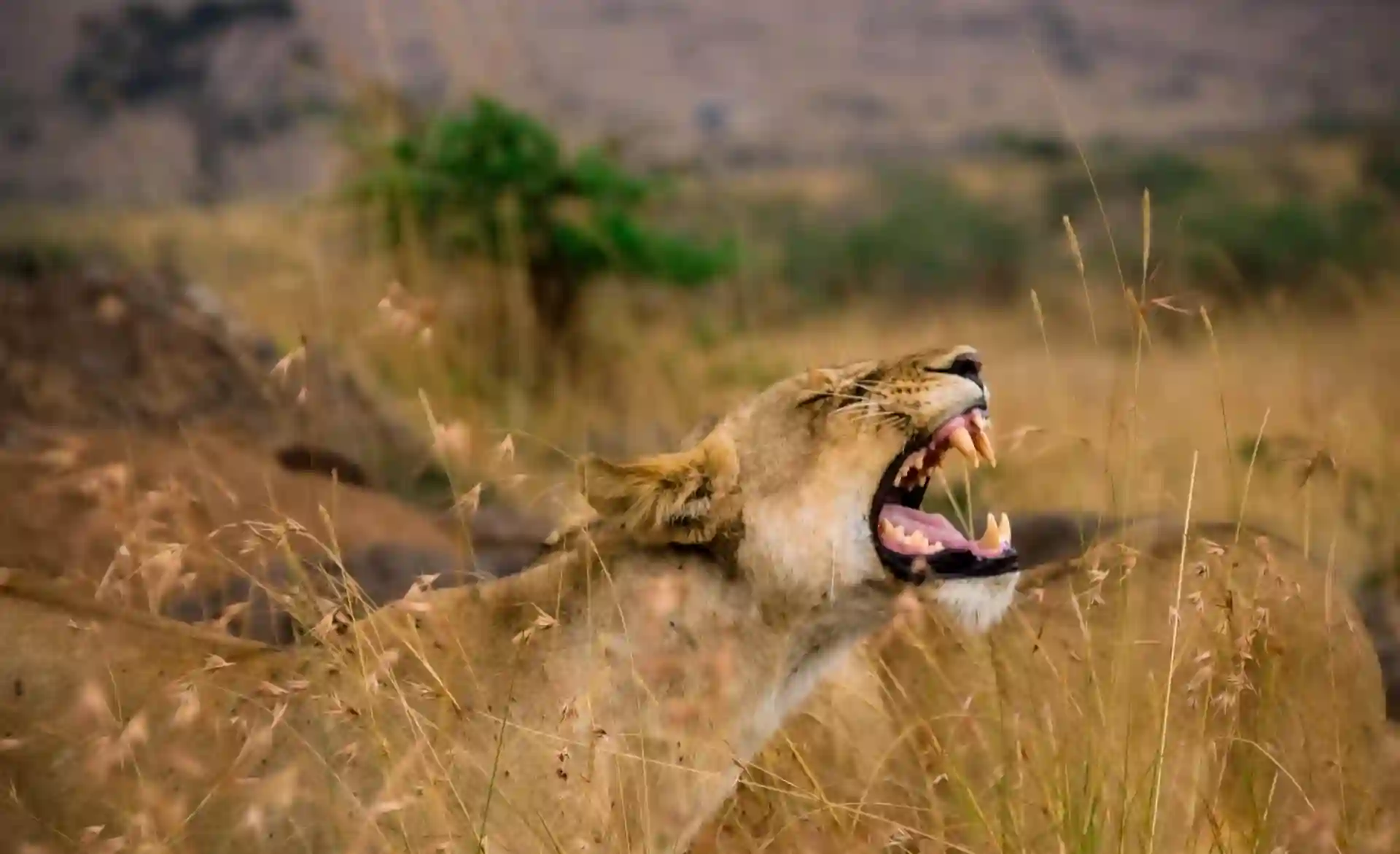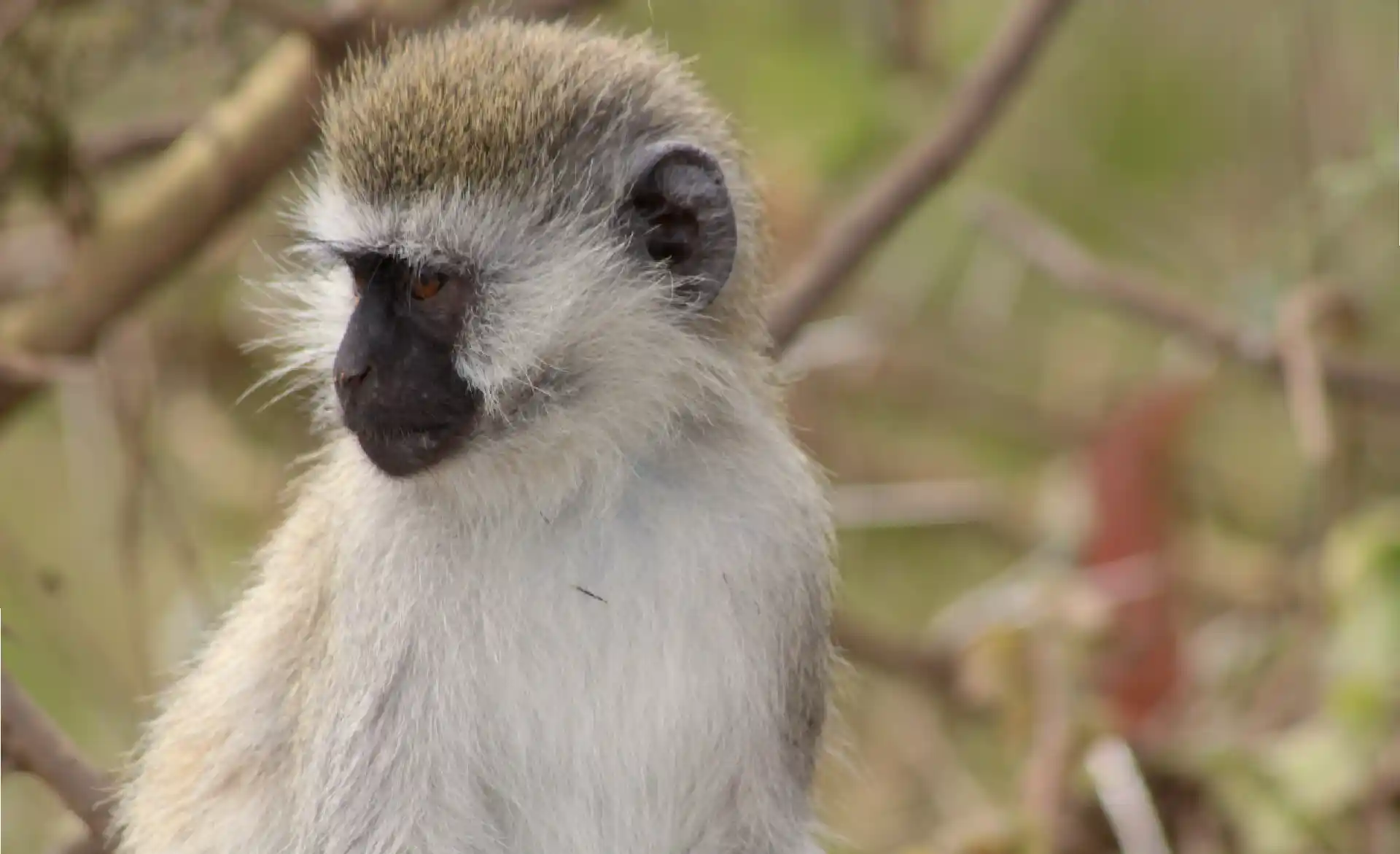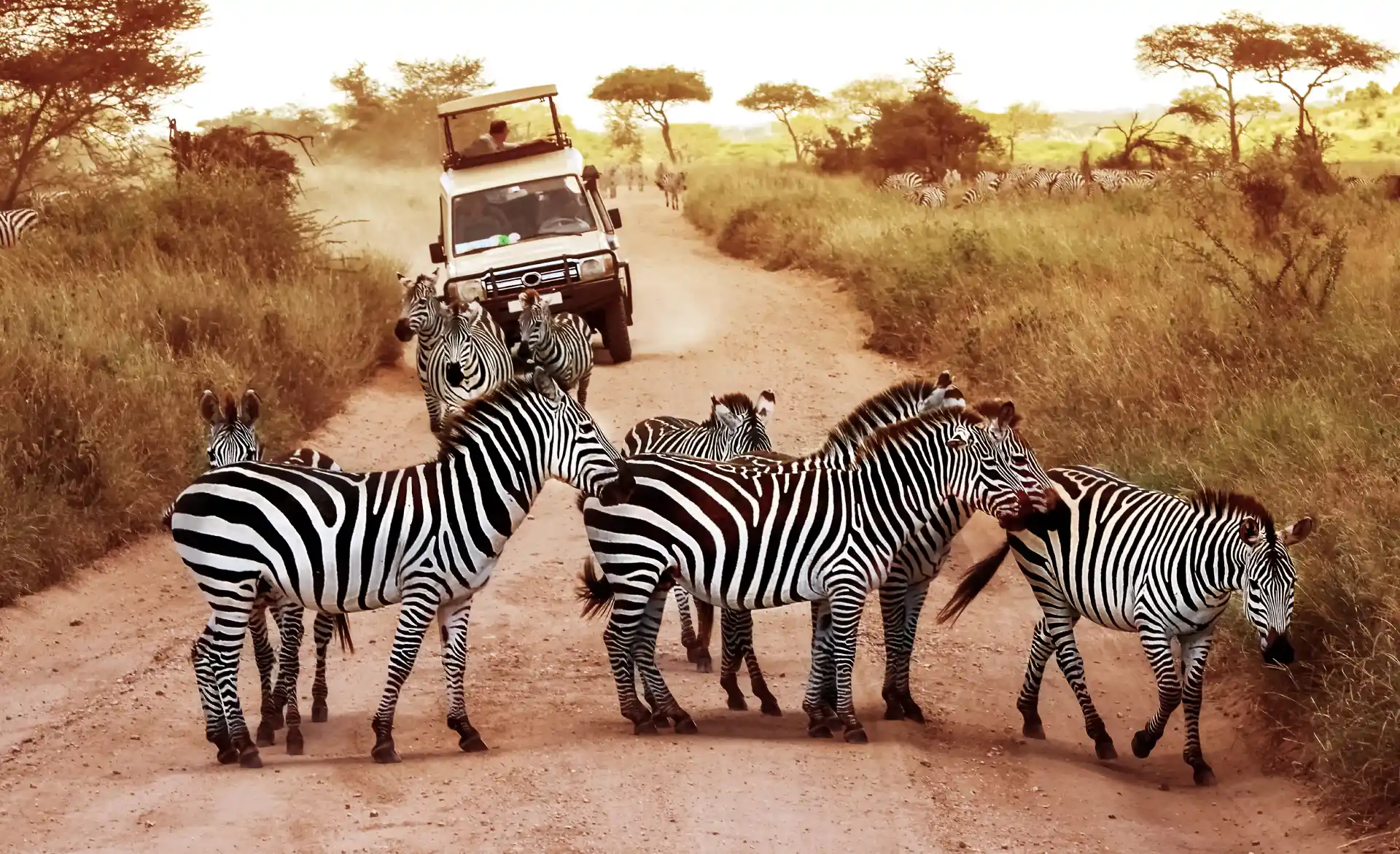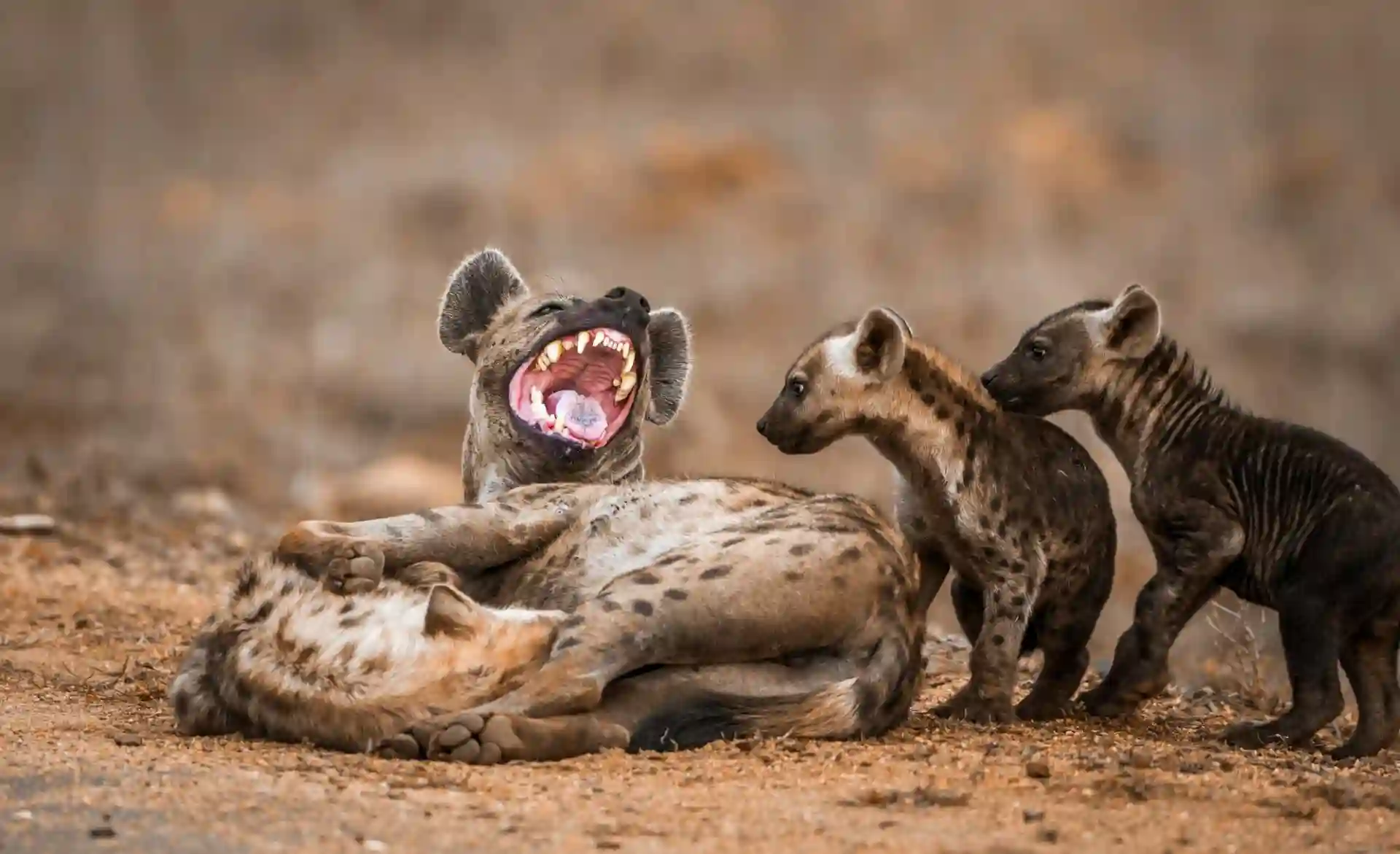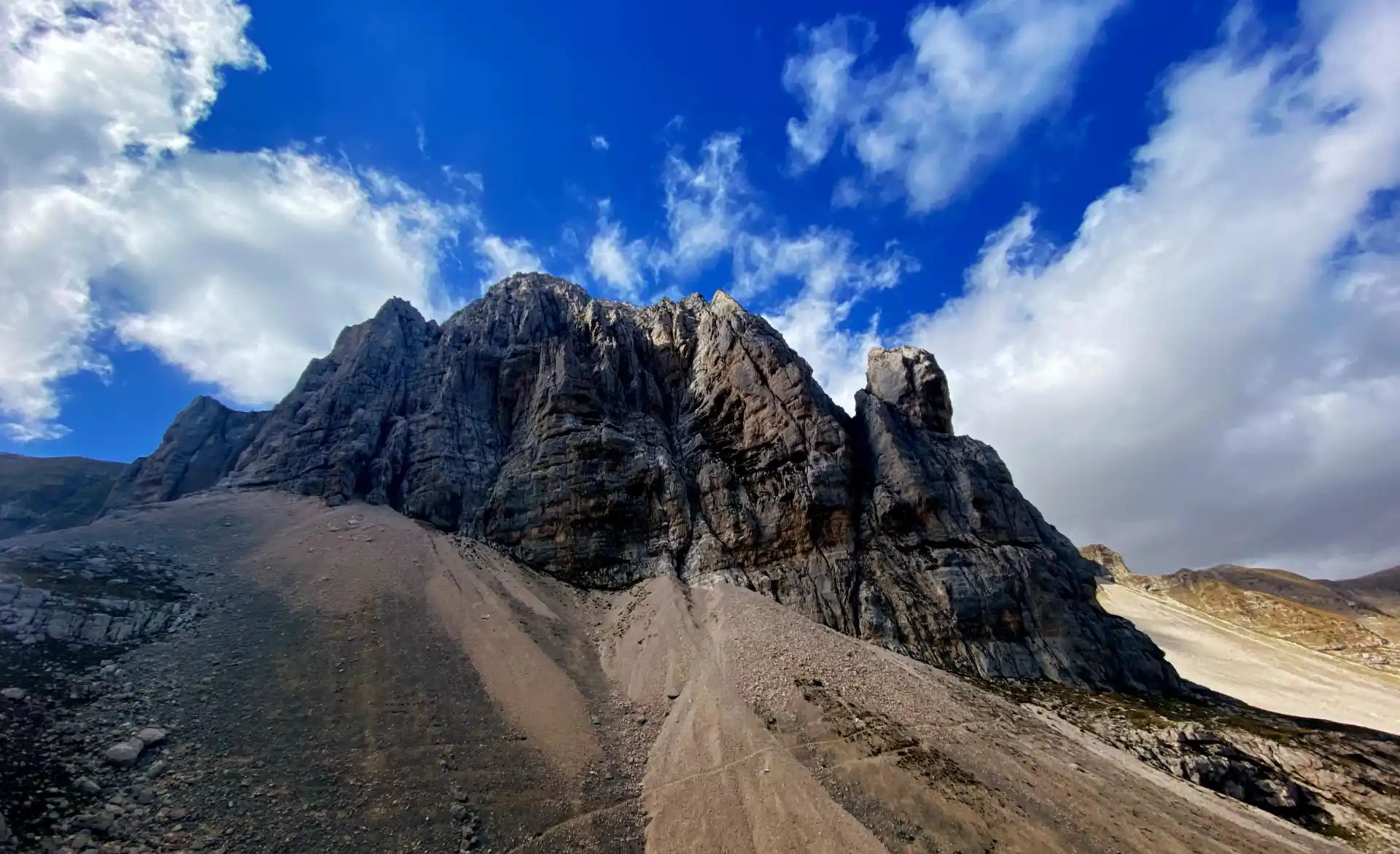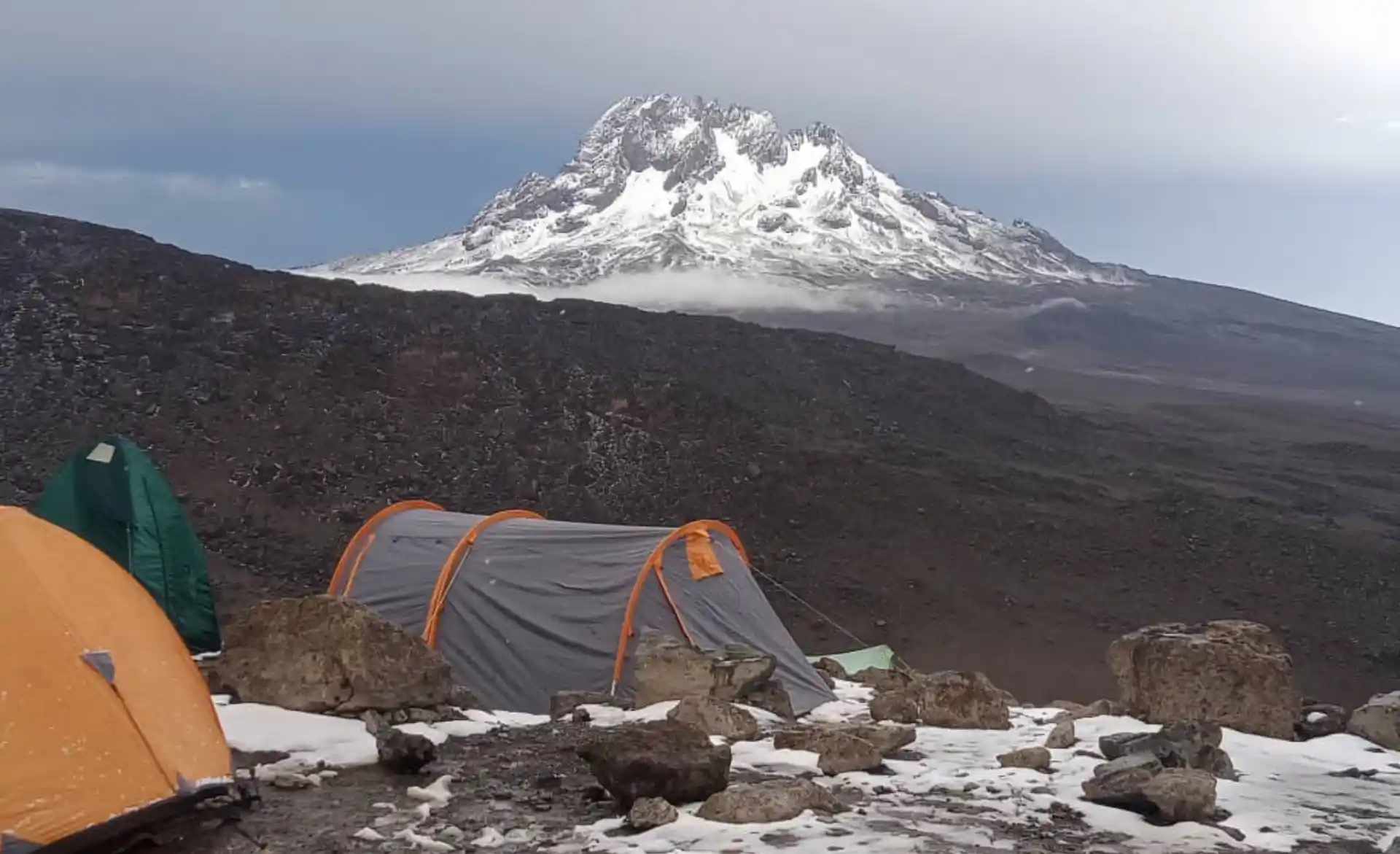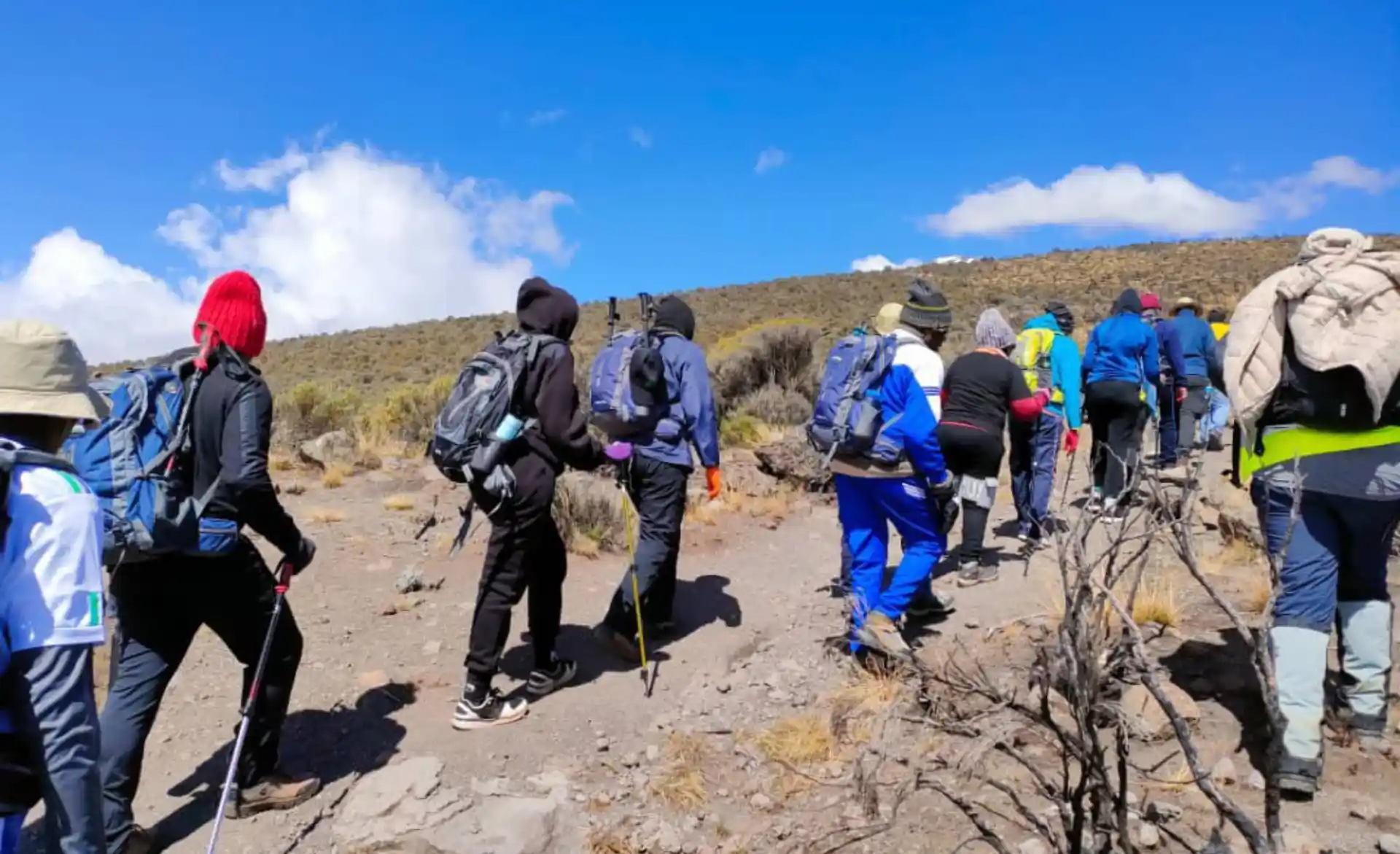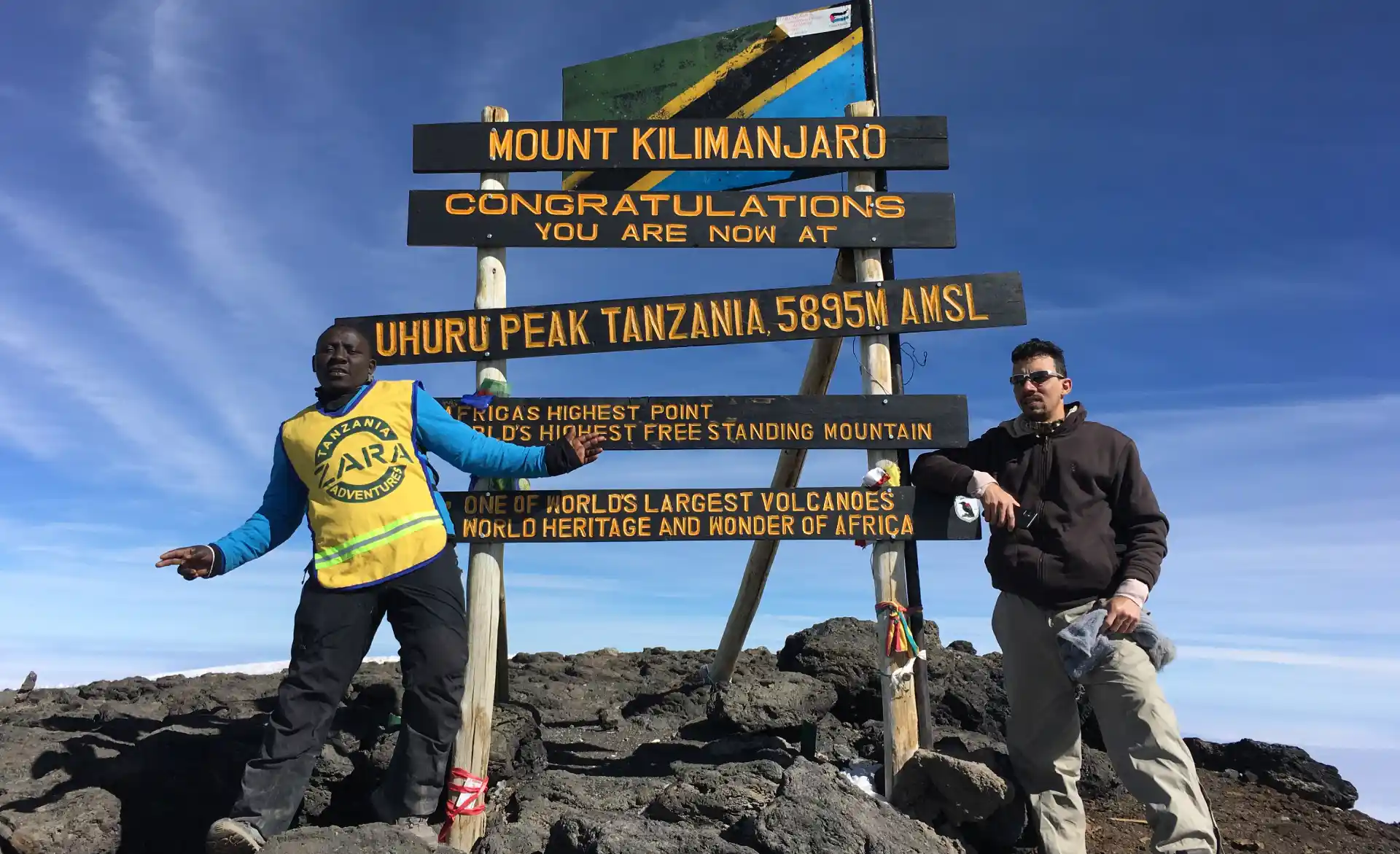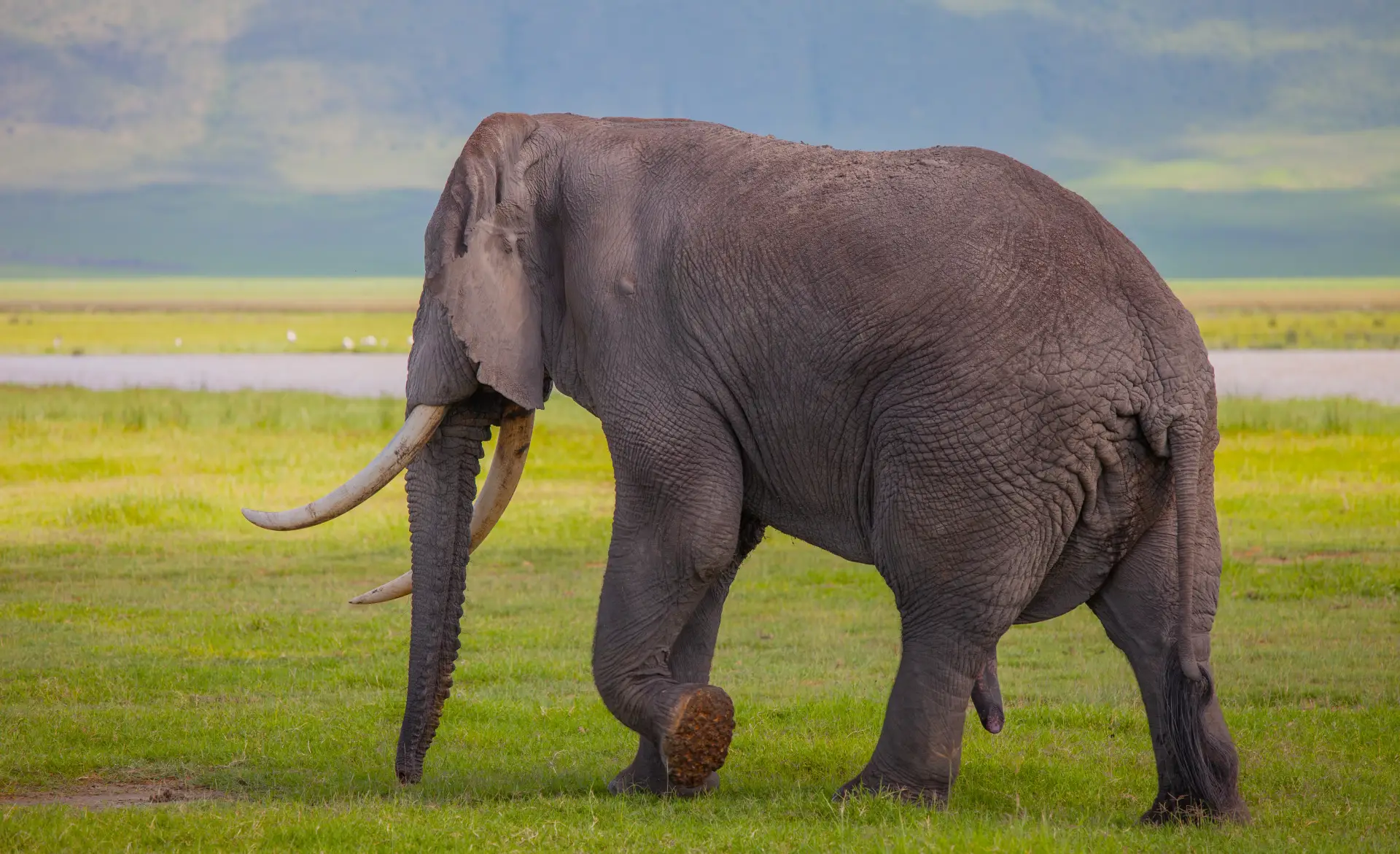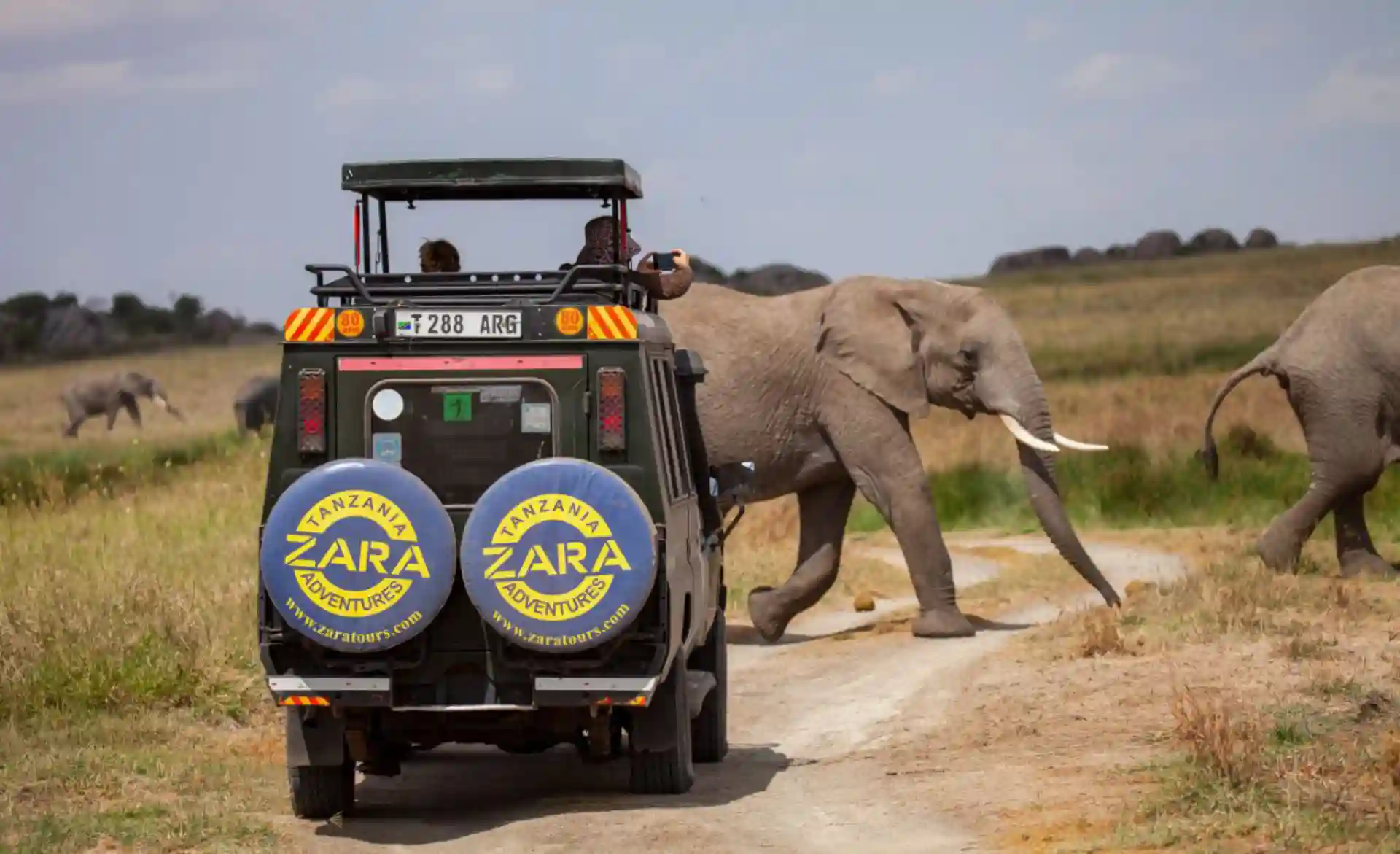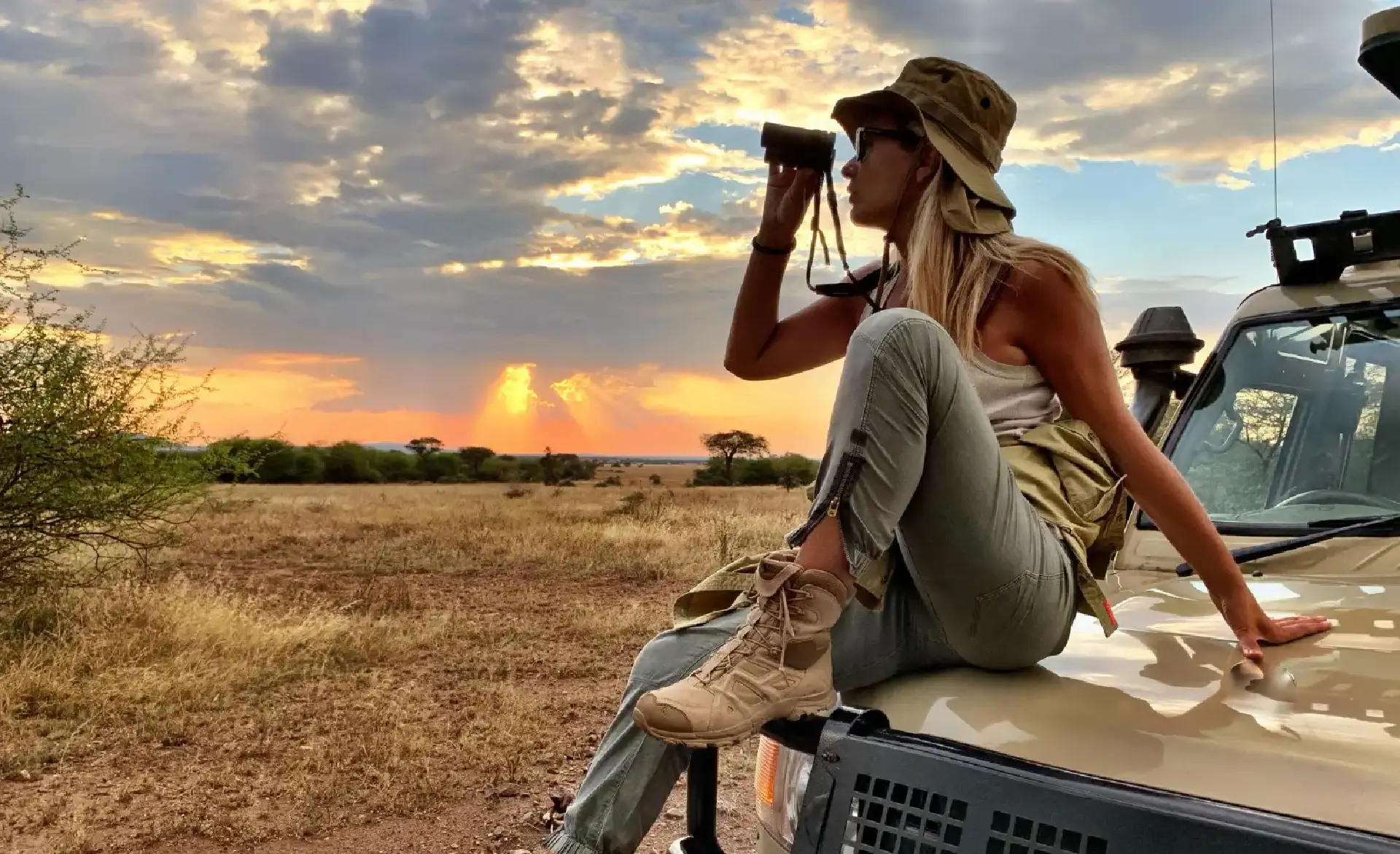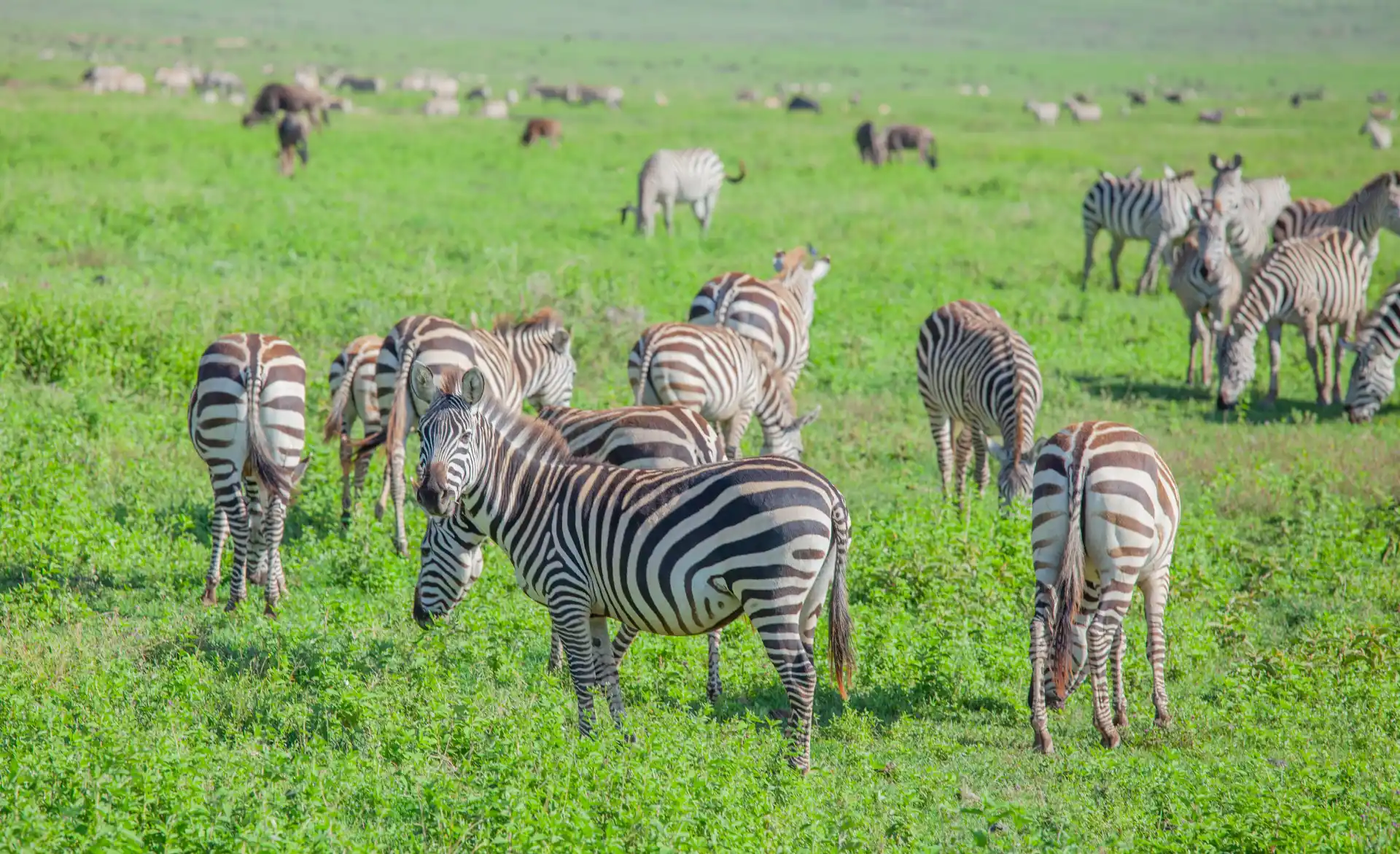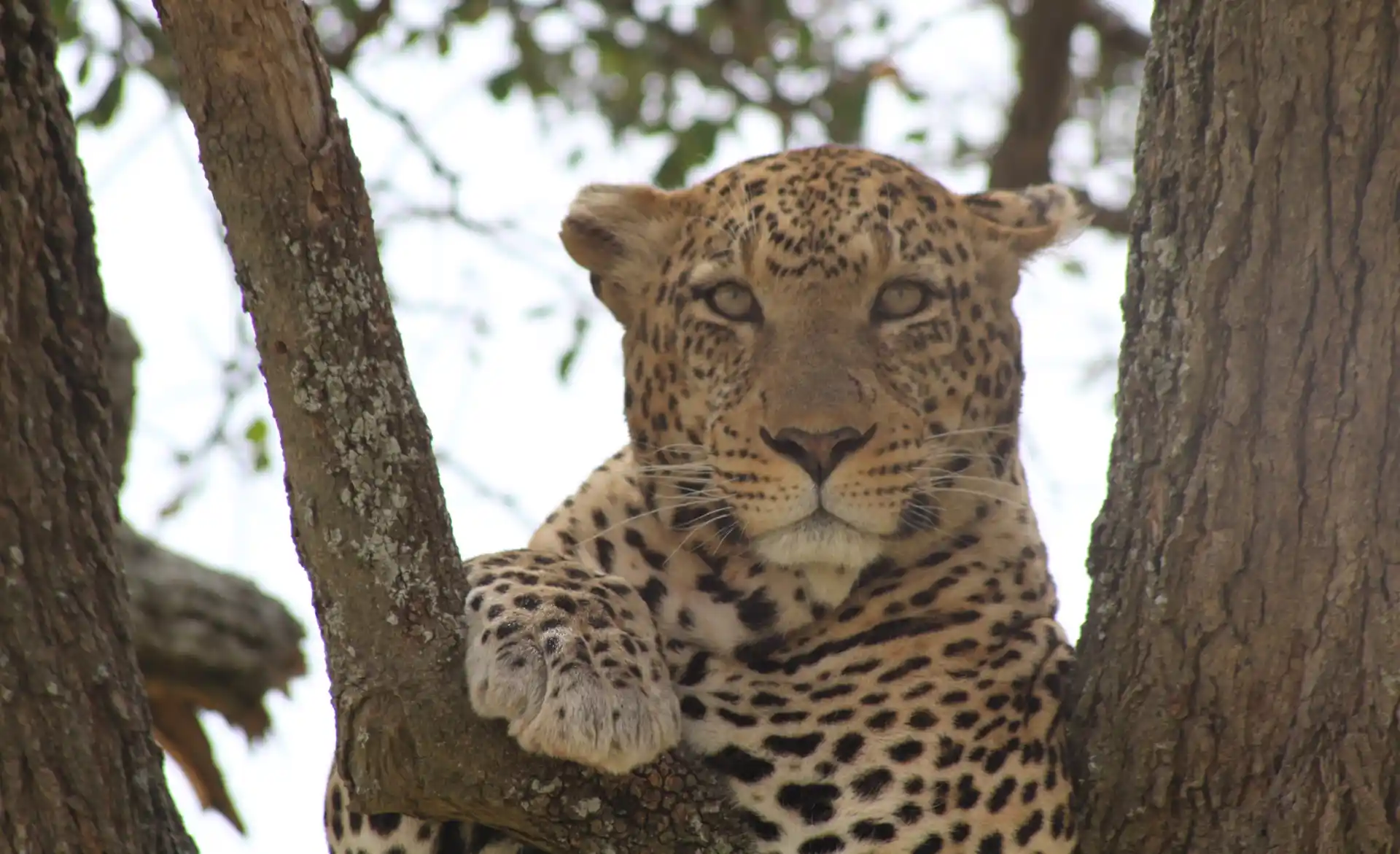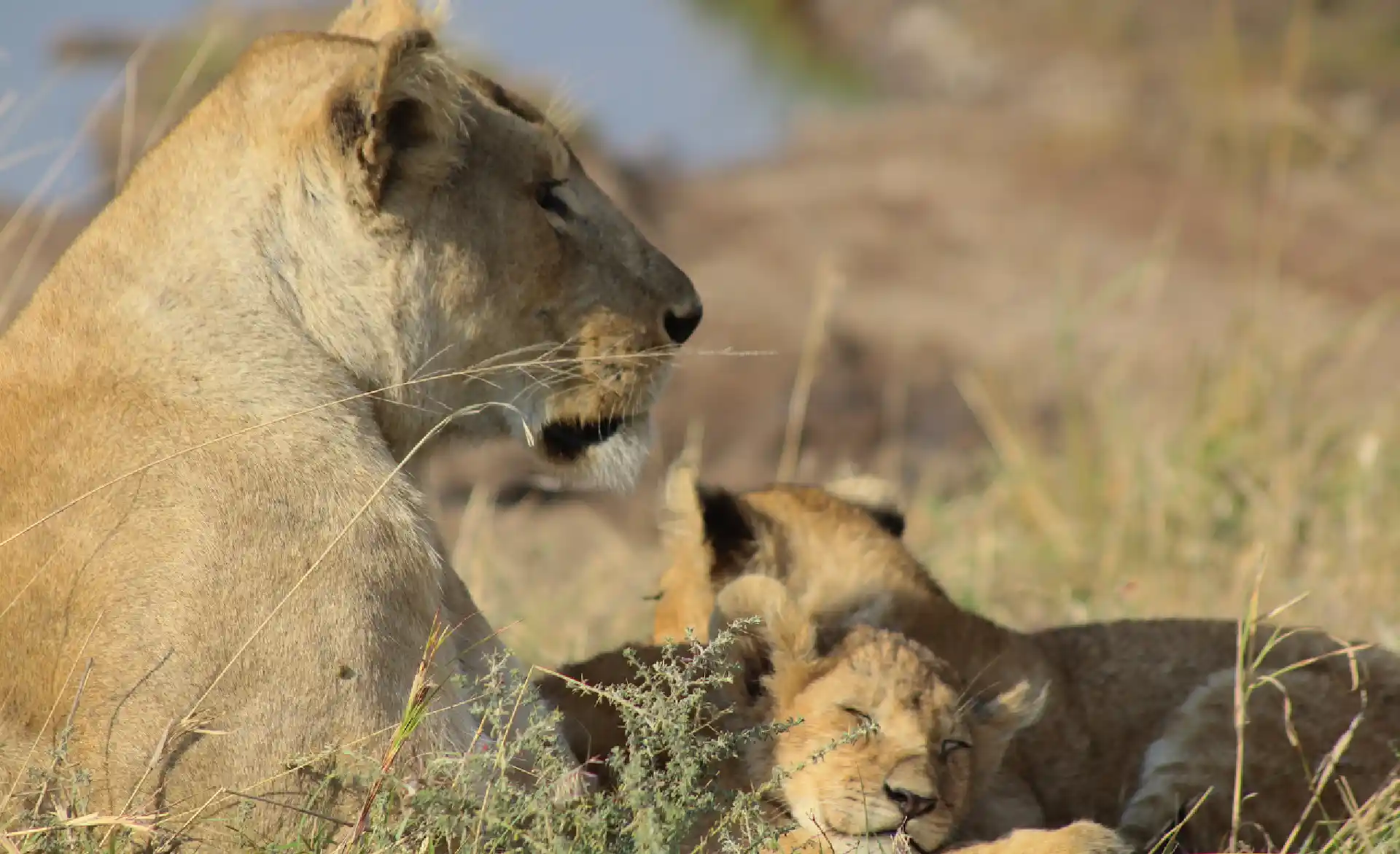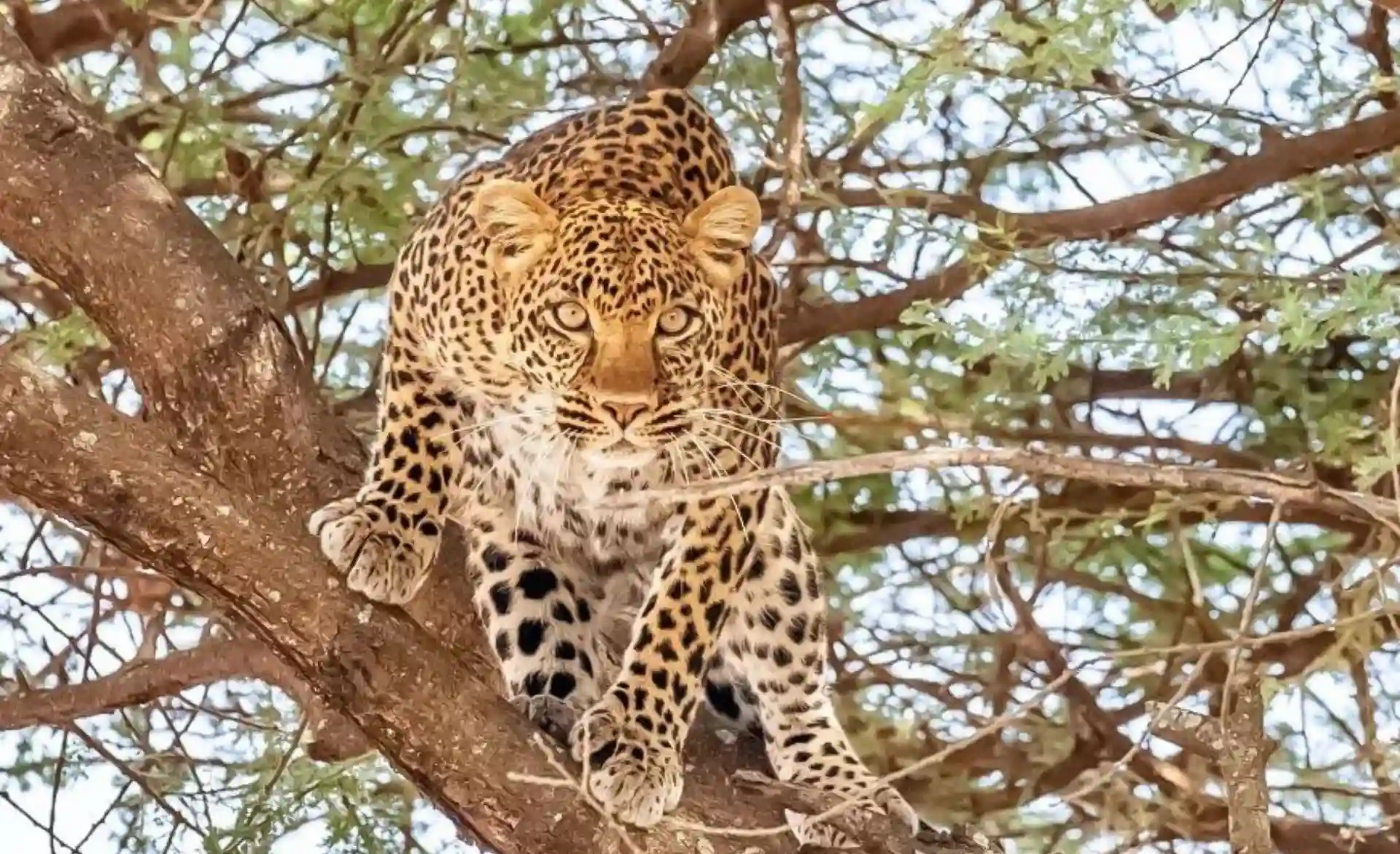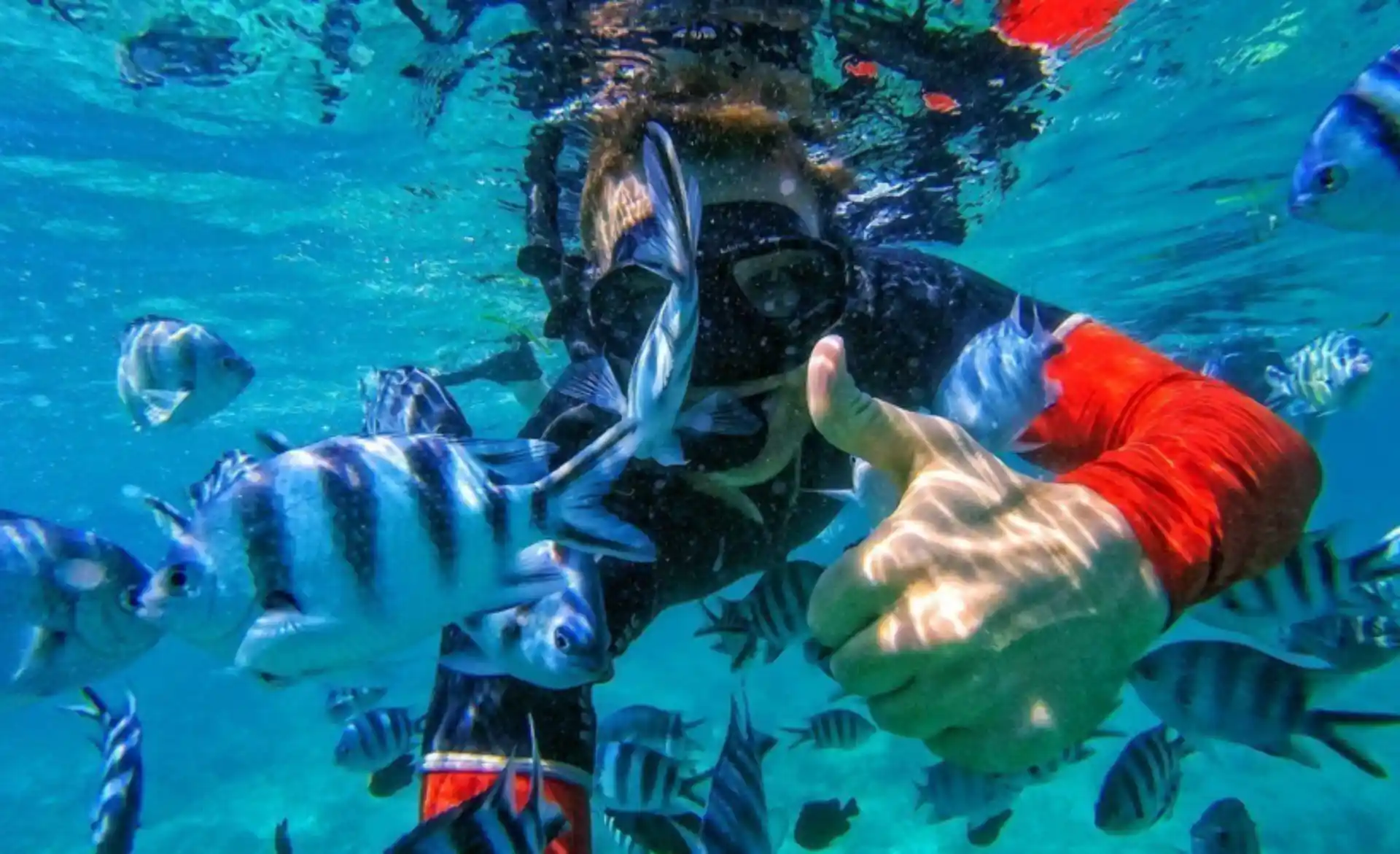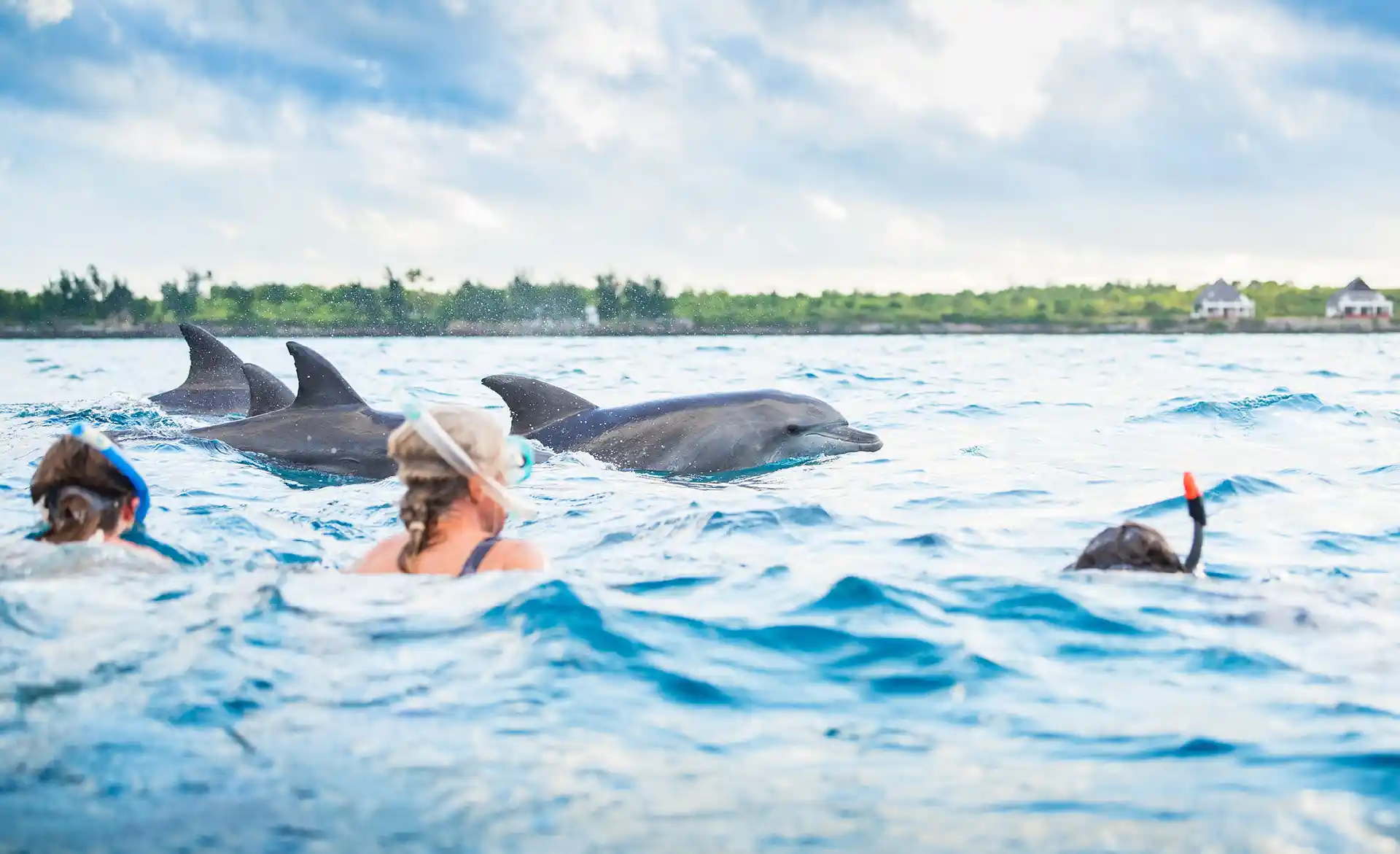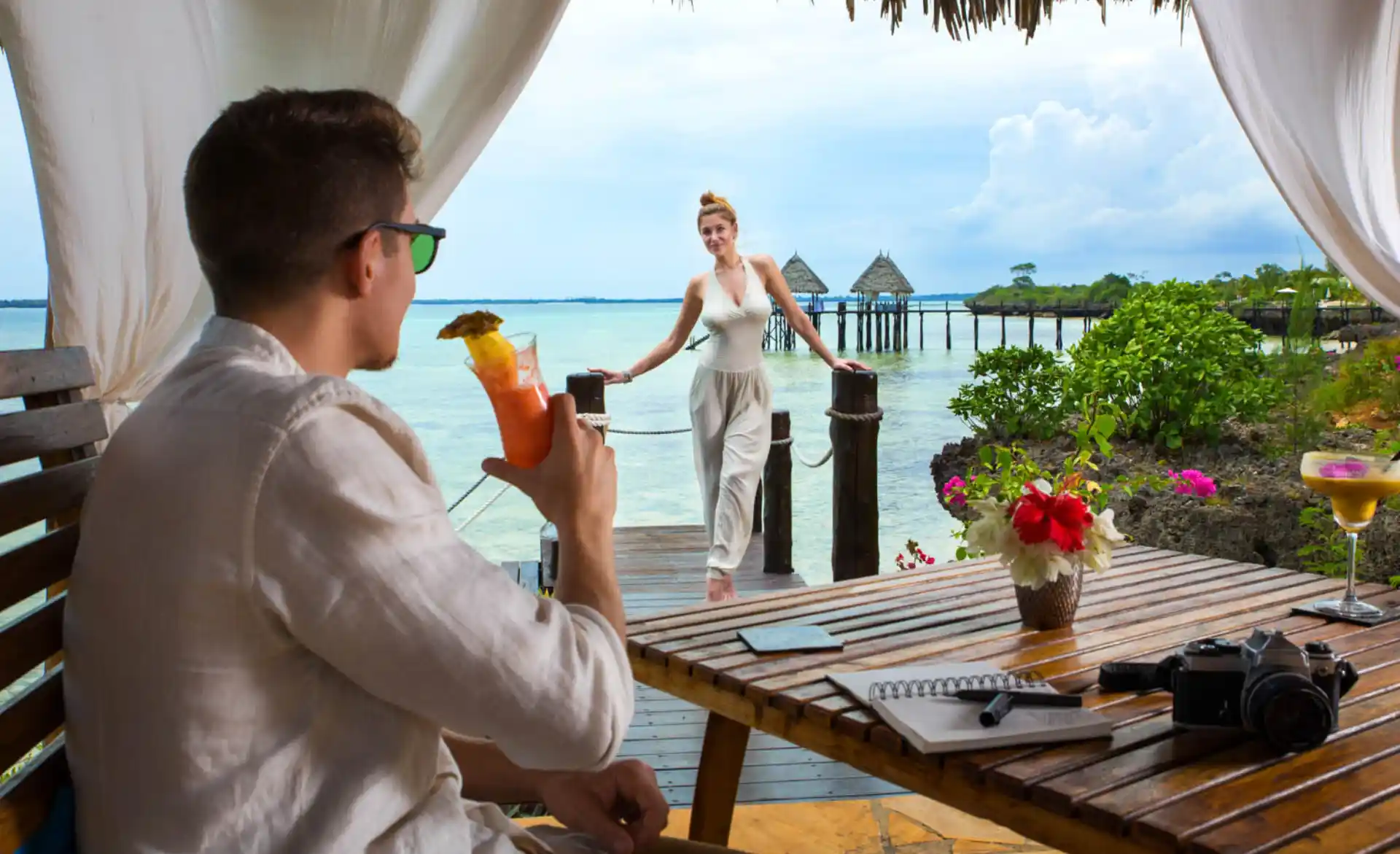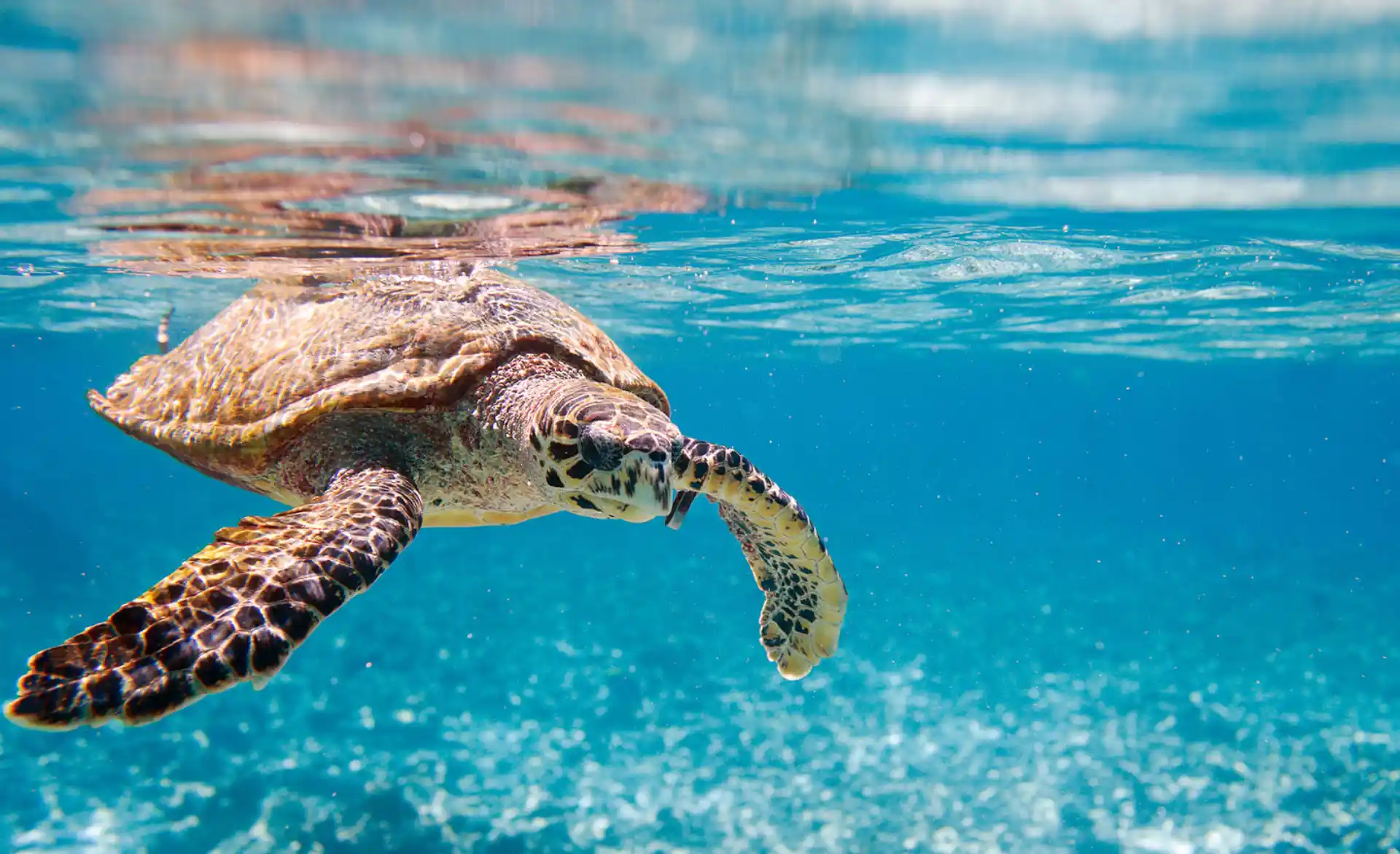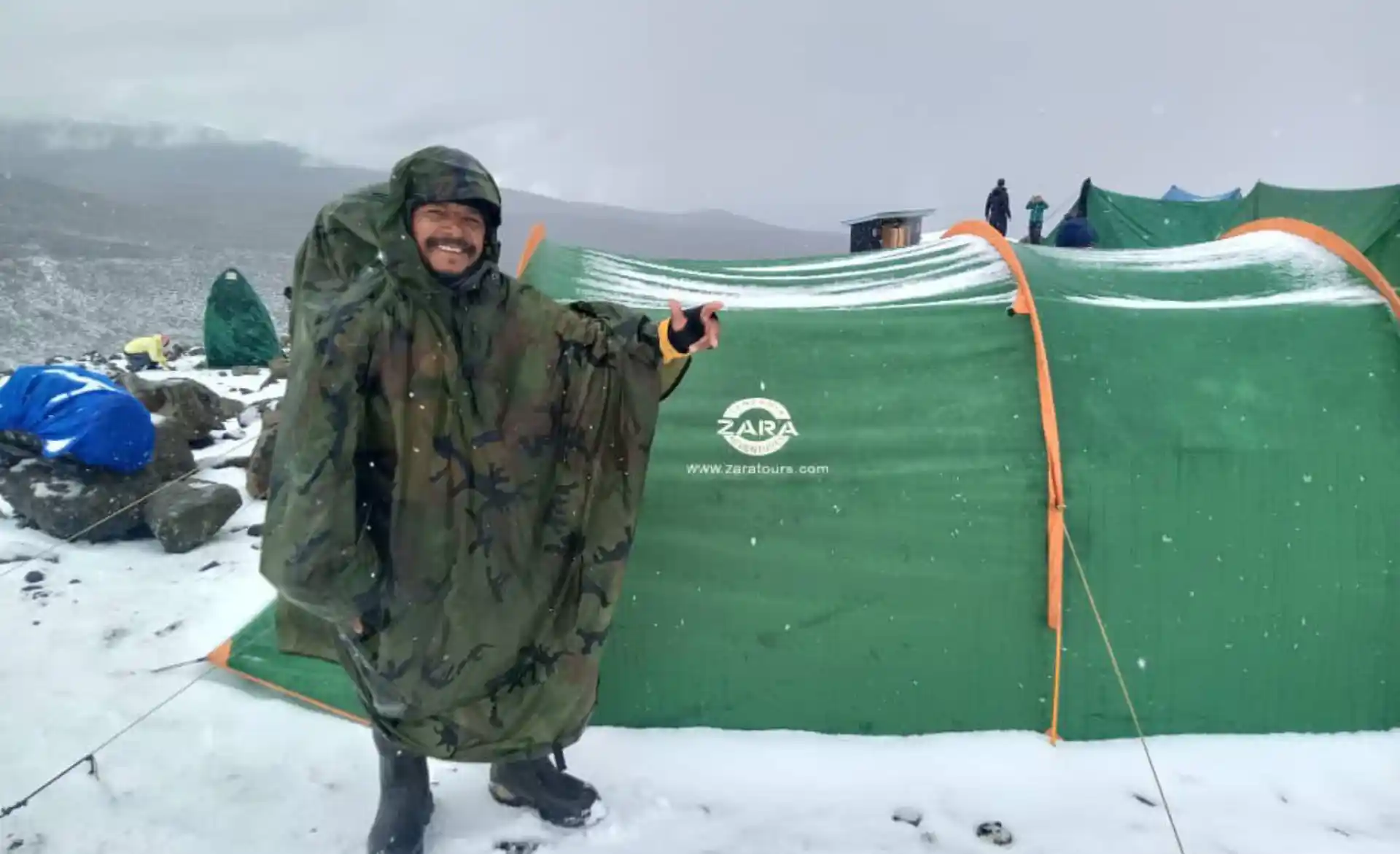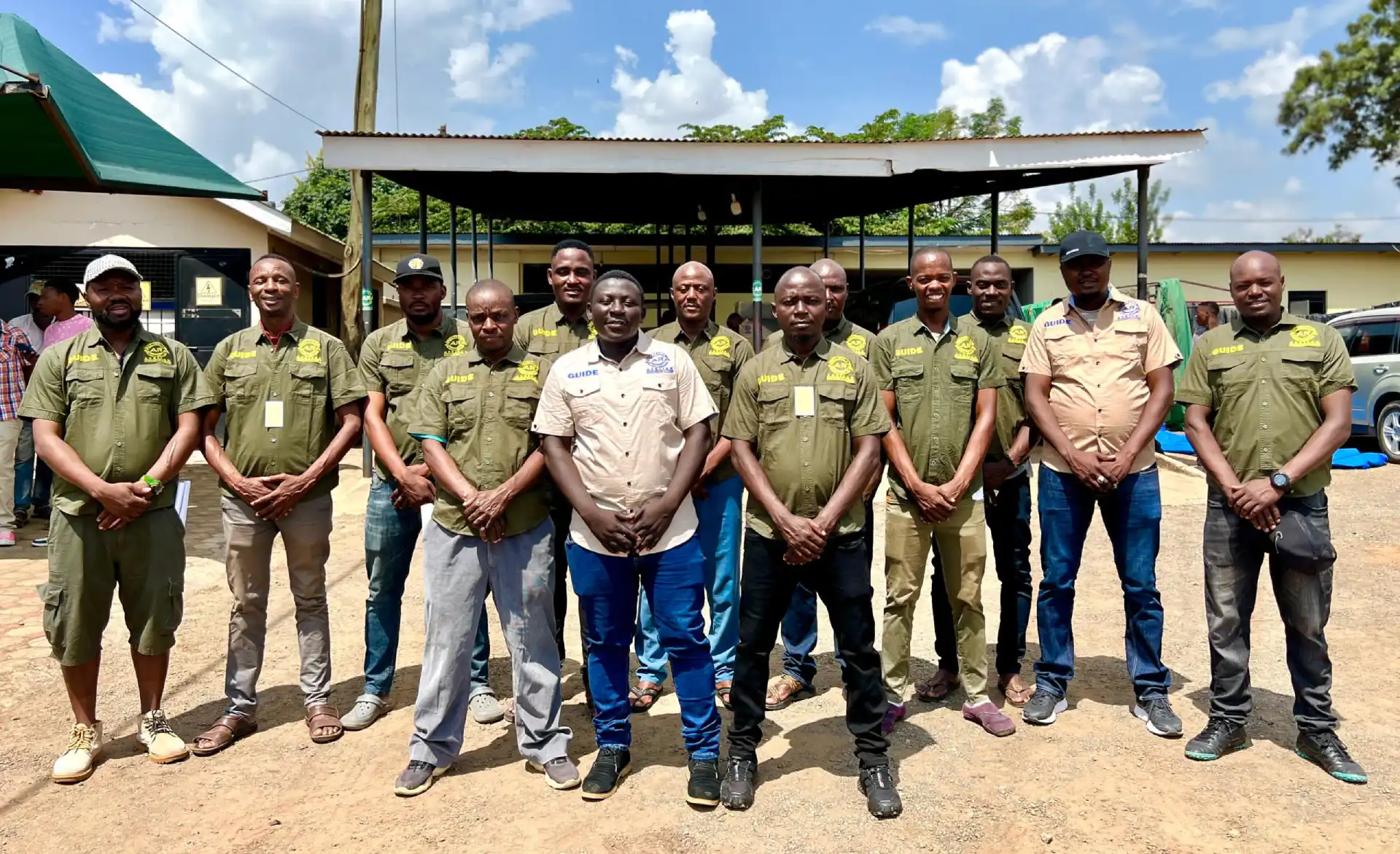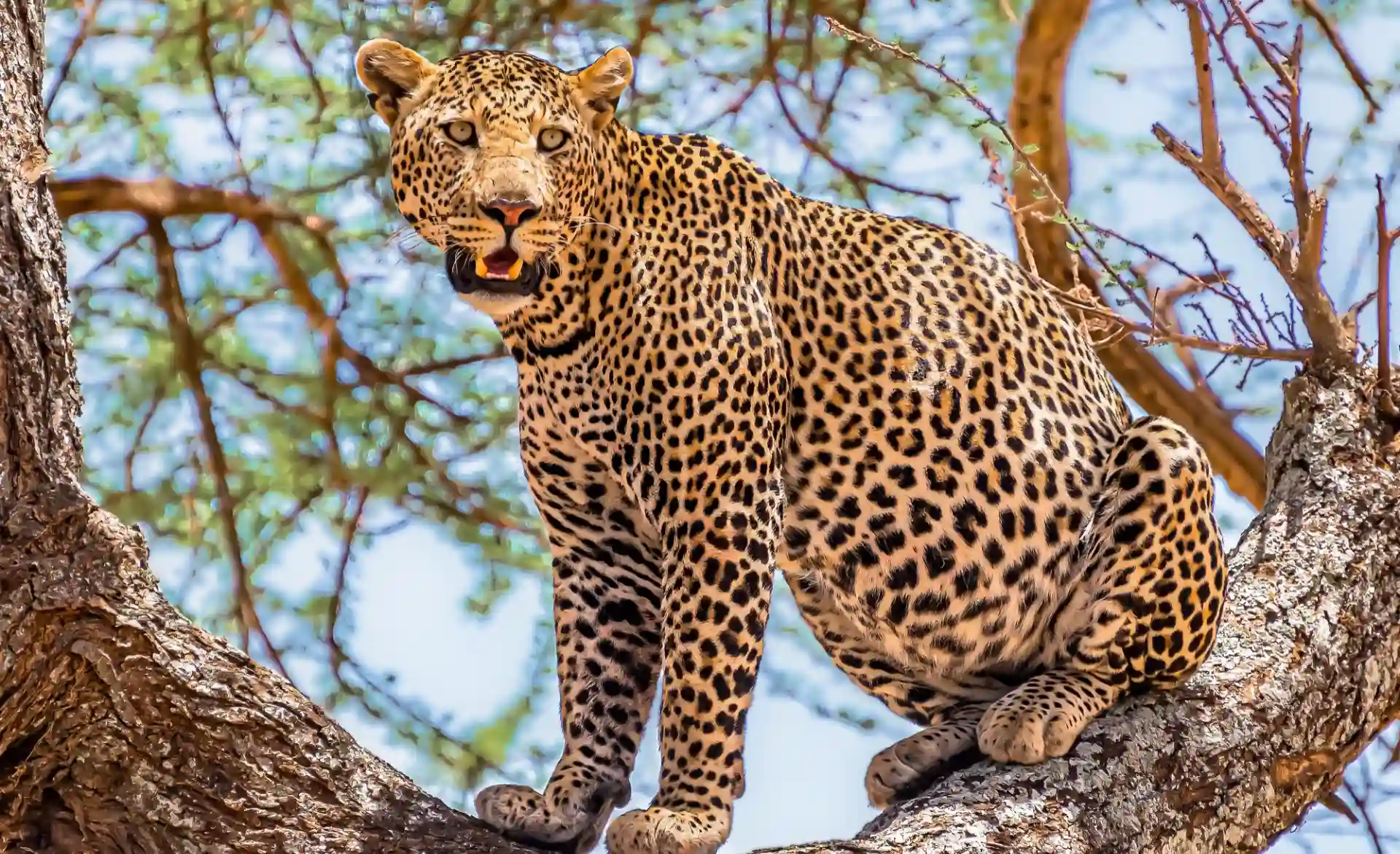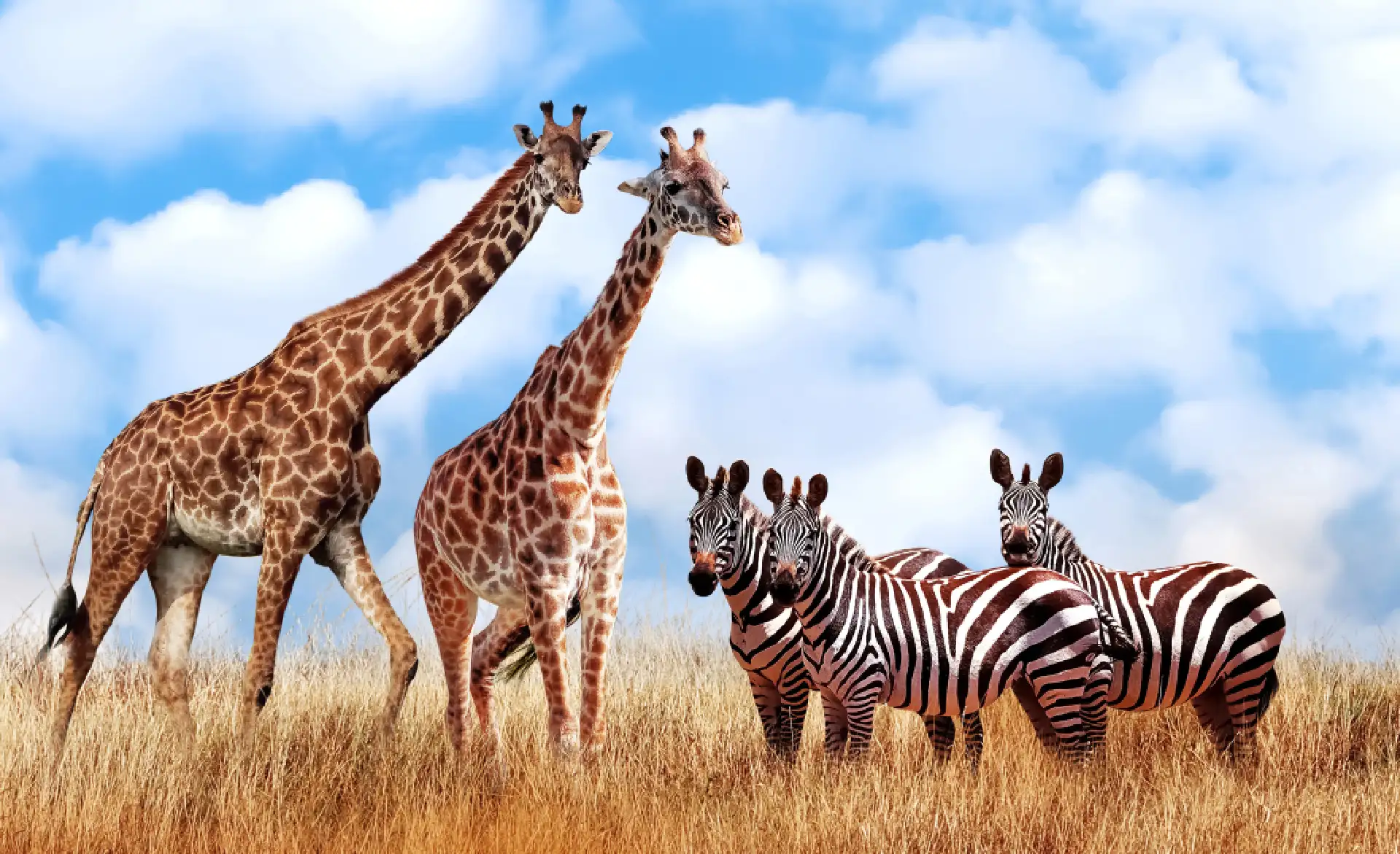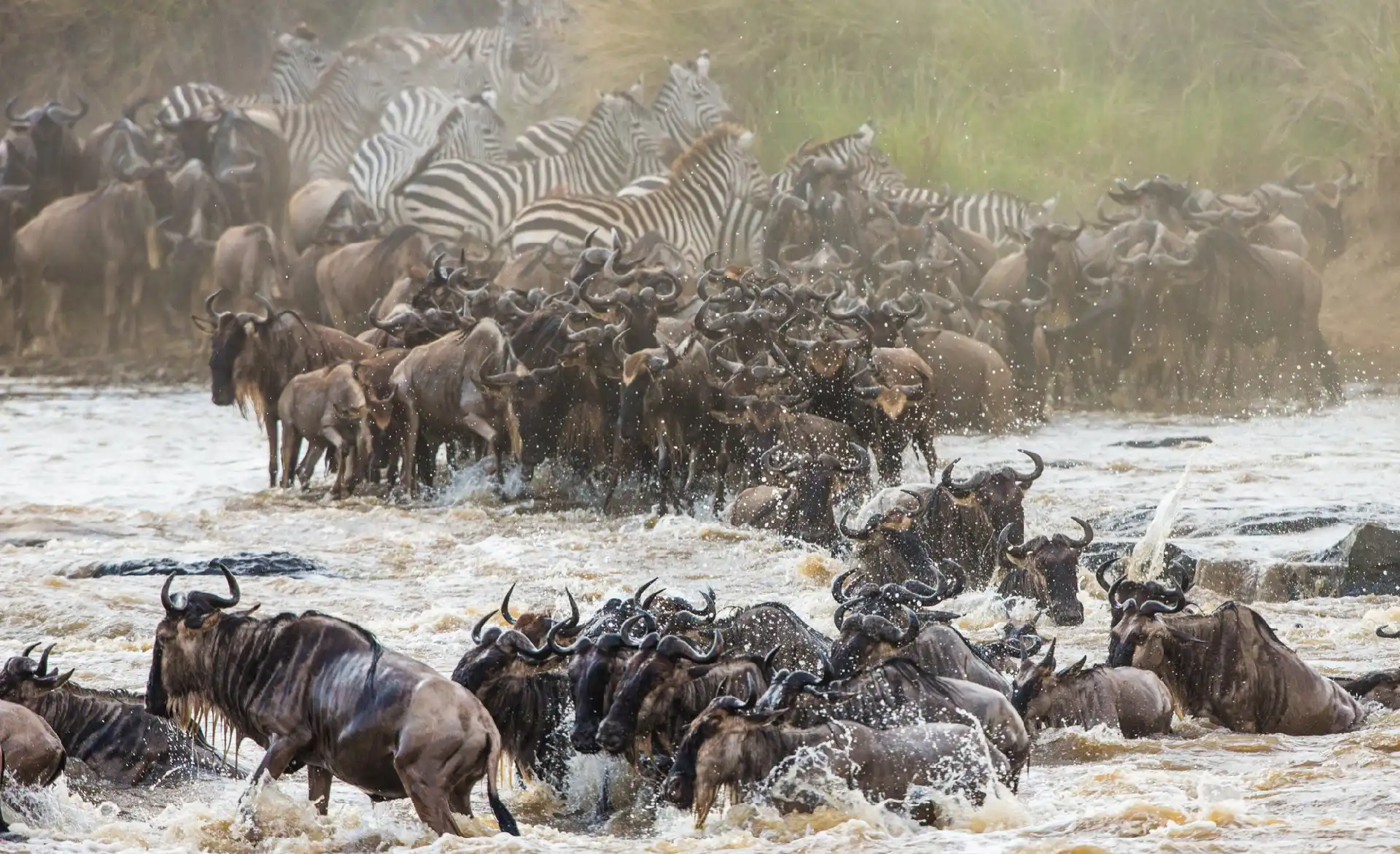What to carry for your kilimanjaro climb
Climbing Mount Kilimanjaro is a challenging and rewarding experience, and being well-prepared is crucial for your safety and enjoyment It is important to note that most of the mountain gears and equipments needed for the climb are available for rental at Zara Tanzania Adventures at very affordable and reasonable prices just so you do not have to carry so much luggage with you and buy something you are likely to wear one in a lifetime. However, here’s a suggested list of items that are needed and are very important for a Kilimanjaro climb:
- Moisture-wicking base layers: Choose synthetic or merino wool fabrics that wick away sweat from your body, keeping you dry and comfortable.
- Insulating layers: Bring a mid-weight fleece or down jacket for colder temperatures, especially during early mornings and evenings.
- Waterproof and windproof jacket and pants: Look for breathable, waterproof, and windproof materials to protect yourself from rain and cold winds.
- Hiking pants and shorts: Quick-drying pants and shorts are essential for daytime trekking, ensuring you stay comfortable as you encounter various weather conditions.
- Moisture-wicking socks: Invest in quality hiking socks to prevent blisters. Bring several pairs to change as needed.
- Sturdy hiking boots: Select boots that provide ankle support and are well broken-in before the trek to avoid discomfort and blisters.
- Gloves and hat: Thermal or insulated gloves are crucial for colder temperatures, and a hat provides sun protection at higher altitudes.
- Buff or scarf: A versatile accessory that can be used as a neck gaiter, headband, or face cover for added protection against the elements.
- Backpack: Choose a comfortable backpack with adjustable straps and enough capacity to carry your essentials. A rain cover or waterproof liner is advisable.
- Sleeping bag: Ensure your sleeping bag is suitable for low temperatures. A sleeping bag liner can add extra warmth.
- Sleeping pad: An inflatable or foam sleeping pad provides insulation from the cold ground and adds comfort to your rest.
- Trekking poles: Adjustable trekking poles aid in balance and reduce the strain on your knees, especially during descents.
- Headlamp or flashlight: A hands-free light source is essential for early morning starts or late-night bathroom trips. Bring extra batteries.
- Water bottles or hydration system: Stay hydrated by carrying enough water. Insulated water bottles help prevent freezing at higher altitudes.
- Snacks: High-energy snacks like trail mix, energy bars, and dried fruit provide quick fuel during the trek.
- Toiletries:Pack travel-sized toiletries, including biodegradable soap, toothpaste, and a toothbrush. Wet wipes can be handy for freshening up.
- Sunscreen:Use a high SPF sunscreen to protect your skin from the strong sun at higher altitudes.
- Lip balm with SPF:Keep your lips moisturized and protected from the sun and wind.
- First aid kit:Include bandages, blister treatment, pain relievers, altitude sickness medication (as prescribed by a doctor), and any personal medications.
- Wet wipes or hand sanitizer: Maintain hygiene, especially when water is limited.
- Camera or smartphone:Capture the breathtaking landscapes, but be mindful of battery life at higher altitudes.
- Power bank:Ensure your electronic devices stay charged, especially if using them for navigation or photography.
- Travel insurance:Check that your insurance covers high-altitude trekking, including medical evacuation if necessary.
- Duffel bag:Use a durable and waterproof duffel bag for items not needed during the daily trek. This bag is often carried separately by porters.
- Passport and permits:Keep these in a waterproof and secure pouch. Check visa requirements well in advance.
- Cash:Bring small denominations for tips and small purchases along the way.
- Guidebook or journal: Record your thoughts and experiences during the trek. It’s a memorable journey worth documenting.
- Layering: Adjust your clothing layers as needed to regulate body temperature. Layers can be added or removed based on the weather.
- Stay Hydrated: Drink water consistently to help your body acclimate to higher altitudes. Dehydration can exacerbate altitude-related issues.
- Physical Fitness: Prepare physically before the trek by engaging in cardiovascular exercises and endurance training. Kilimanjaro requires good fitness levels.
- Guides’ Advice: Listen to your guides—they have experience with the terrain and can provide valuable information on pacing, rest, and altitude sickness prevention.
- Altitude Awareness: Pay attention to symptoms of altitude sickness and communicate openly with your guides. It’s crucial to acclimatize properly.
Remember that the key to a successful Kilimanjaro trek is preparation and careful planning. Always consult with your tour operator for any specific requirements or recommendations based on the time of year and route you choose.



FAQ
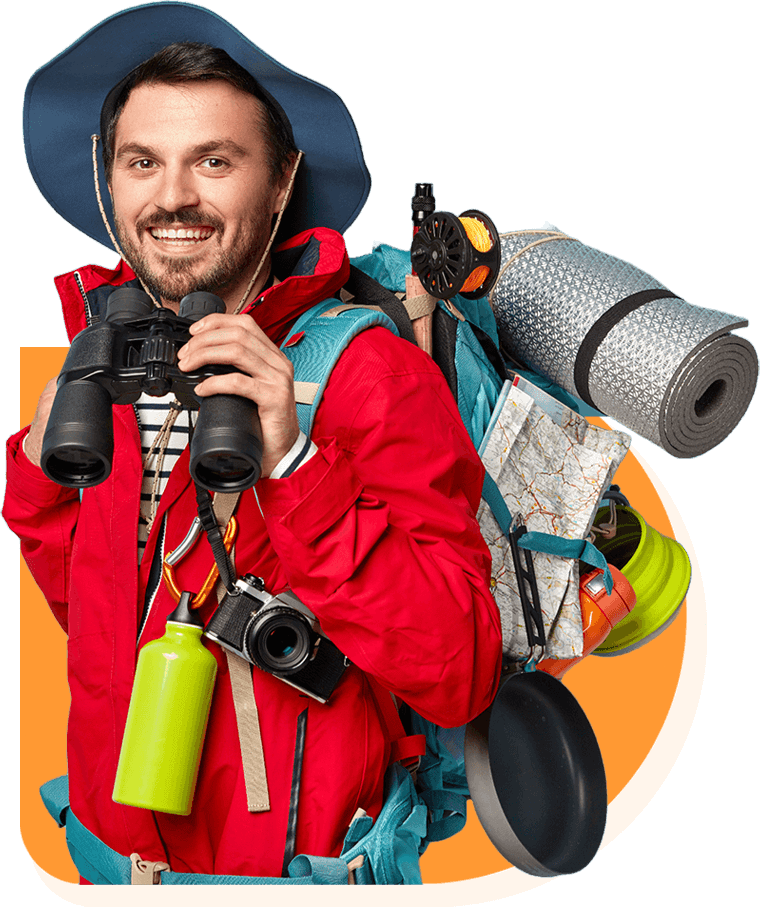
Our Head Office
- Tembo Road, Pasua Moshi, Tanzania
